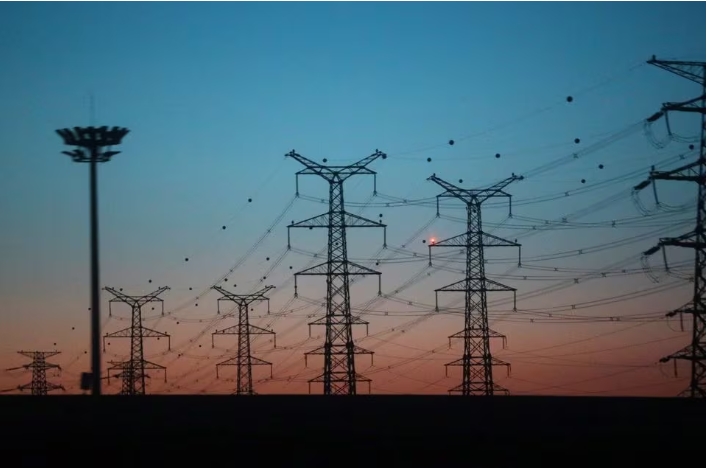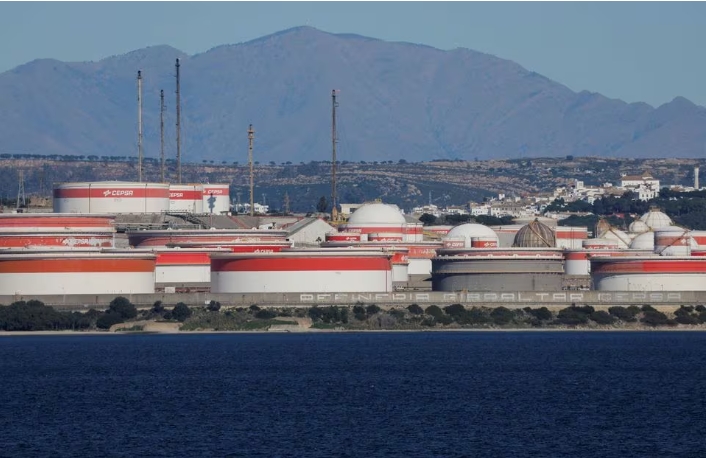
Peak electricity demand may increase by as much as 140 million kilowatts (12%) compared with winter 2022/23, the National Energy Administration (NEA) forecast on Oct. 31.
Power consumption has rebounded sharply as the country has lifted lockdowns and emerged from the exit wave of the coronavirus epidemic.
But generation is expected to be sufficient except for some local shortages, principally in Yunnan in the southwest and parts of Inner Mongolia in the northwest.
The government has promoted huge increases in domestic production and imports to maximise the accumulation of fuel inventories ahead of the winter.
Planners have been anxious to avoid a repeat of the fuel and power shortages that occurred in the autumn and winter of 2021/22.
In the first ten months of 2023, domestic coal production increased by 144 million tonnes (11%) and imports by 154 million tonnes (67%) compared with the prior year.
The NEA said power generators’ inventories should be maintained at 200 million tonnes, up from 170 million tonnes a year ago.
In the same period, domestic gas production increased by 8 million tonnes (6%), while liquefied natural gas (LNG) imports rose by 6 million tonnes (12%) and pipeline imports increased by 2 million tonnes (5%).
Imports of LNG have been above prior-year levels in eight of ten months so far in 2023, and storage was full by the end of October, according to the NEA.
To maintain electric reliability nationwide, hydro generators have been instructed to impound sufficient water to maintain output through the winter dry season.
And to relieve potential shortages in the southwest, mines in Yunnan have been instructed to maximise local output of high-calorie coal, while nearby Guangdong and Hainan have been instructed to maximise LNG arrivals.
Despite huge increases in the amount of wind and solar capacity installed since the start of the year, coal-fired power plants have still played the critical role in meeting growth in electricity consumption.
Total generation increased by 5% or 375 billion kilowatt hours (kWh) in the first ten months of the year compared with the same period in 2022.
But more than three-quarters of the increase was met by thermal generators (289 billion kWh), most of them burning coal.
From August onwards, hydro generation has started to rise. Nonetheless, thermal generators still accounted for nearly half the annual increment in October.
In the long term, China’s increasing renewable generation should be able to meet load growth, stabilising and then reducing coal combustion.
But the peak in coal burning and associated carbon dioxide emissions is unlikely to occur before the second half of the decade.
Related columns:
- China’s renewable boom can’t keep pace with power demand (October 25, 2023)
- China’s hydro generation jumped unexpectedly in August (September 22, 2023)
- Beset by drought, China turned to coal to keep lights on (July 21, 2023)
John Kemp is a Reuters market analyst. The views expressed are his own. Follow his commentary on X, formerly Twitter: https://twitter.com/JKempEnergy







